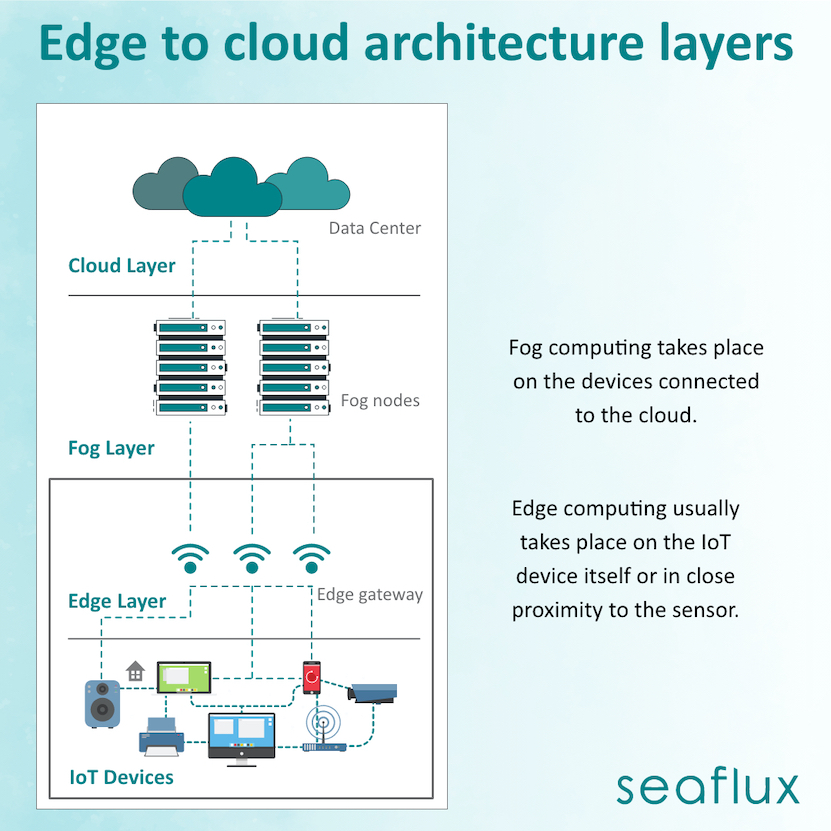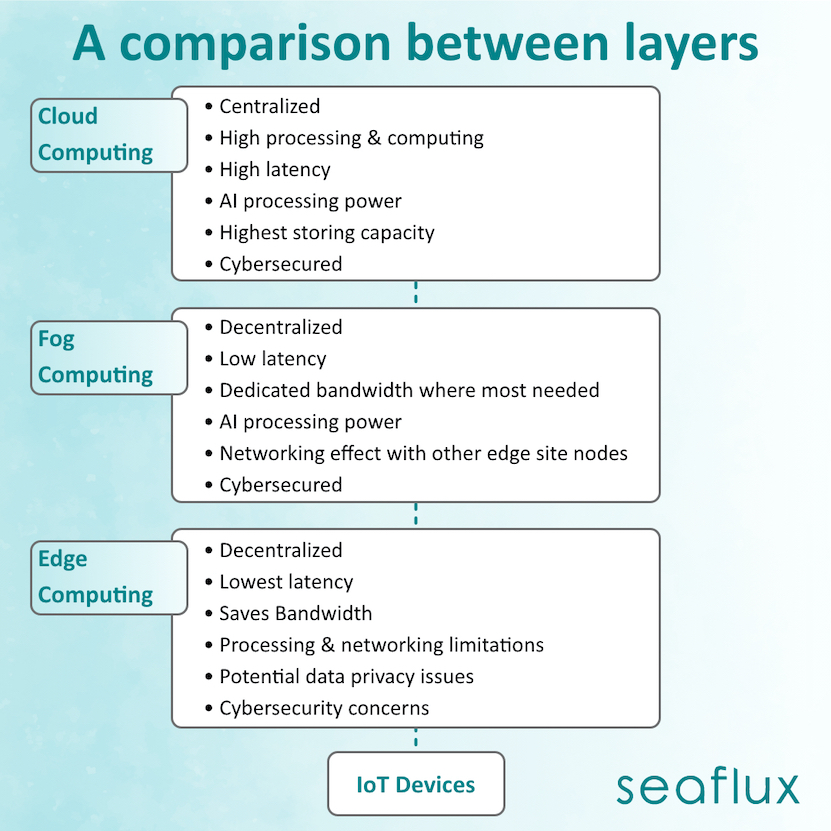
❅
❅
❅
❅
❅
❅
❅
❅
❅
❅
❅
❅
❅
❅
❅
❅
❅
❅
❅
❅
❅
❅
❅
❅
❅
❅
❅
❅
❅
❅
❅
❅
❅
❅
❅
❅
❅
❅
❅
❅
❅
❅
❅
❅
❅
❅
❅
❅
❅
❅
❅
❅
❅
❅
❅
❅
❅
❅
❅
❅
❅
❅
❅
❅
❅
❅
❅
❅
❅
❅
❅
❅
❅
❅
❅
❅
❅
❅
❅
❅
❅
❅
❅
❅
❅
❅
❅
❅
❅
❅
❅
❅
❅
❅
❅
❅
❅
❅
❅
❅
❅
❅
❅
❅
❅
❅
❅
❅
❅
❅
❅
❅
❅
❅
❅
❅
❅
❅
❅
❅
❅
❅
❅
❅
❅
❅
❅
❅
❅
❅
❅
❅
❅
❅
❅
❅
❅
❅
❅
❅
❅
❅
❅
❅
❅
❅
❅
❅
❅
❅
❅
❅
❅
❅
❅
❅
❅
❅
❅
❅
❅
❅
❅
❅
❅
❅
❅
❅
❅
❅
❅
❅
❅
❅
❅
❅
❅
❅
❅
❅
❅
❅
❅
❅
❅
❅
❅
❅
❅
❅
❅
❅
❅
❅
❅
❅
❅
❅
❅
❅
Over the years, the world has seen an exponential increase in the use of computers and the requirement of necessary computational power to achieve fundamental tasks. And as the technology advanced, the computational power also increased, creating hefty work to maintain the servers required for computation.
This led to the creation of remote computation, known as cloud computing, where the query is generated at one location, and its computational power comes from another.
With cloud providers like AWS, Google Cloud, Microsoft Azure, Oracle Cloud, and many more, now cloud computing is not a new terminology in the world of technology.
Now the technology has even advanced to incorporate cloud with IoT with Edge and Fog computing. However, before understanding these concepts, we first need to understand cloud computing.
What is cloud computing? And why was cloud computing needed?
Cloud computing is portable use of computational power. It is computational power and resources that are made available online on a requirement basis. Cloud computing provides a lot of flexibility, efficiency, and scalability to organizations.
Before cloud computing, organizations used to store and compute the data on hard drives and servers. However, this practice has its own limitations, such as physical space occupancy, high maintenance, and low-cost effectiveness, which is why cloud computing is essential.
Cloud usage has increased now and is required in every field. IoT also has its dependencies on the cloud. When we talk about the cloud, keeping in mind an IoT perspective, there are sensors that are connected to a device, that continuously collects the data and sends it to the cloud.
However, the drawback to this system is that the data sent to the cloud is massive and might be inefficient. Unnecessary data adds unwanted traffic to the cloud, which causes latency.
To address the above issue of unwanted and inefficient data traffic, Edge and Fog computing comes into the picture.
What is Edge computing?
Considering an IoT framework in mind, a computer connected to the edge of the IoT devices is “The Edge” server. It’s the starting point of the network and collects all the data from these sensors. It then computes the data and sends it to the cloud. This reduces the computation time required by the cloud, resulting in lower operational costs.
However, this data might be inefficient and cause latency as it also includes unwanted data. To counter this issue, the collected data has to pass a fog layer before reaching the cloud.
What is Fog computing?
Fog computing is ideally a data processing layer between the edge and the cloud. The fog layer receives the data from the edge layer before it reaches the cloud. The Fog layer processes the data and decides as to which data is relevant, and which is not. This pre-processing of data ensures, that only required data is sent to the cloud.
What are the advantages of Fog computing?
Fog computing, being a data-processing layer, pre-processes the data, thereby reducing the overall unwanted traffic on the cloud, and hence reducing the latency. Reduction in unwanted data results in faster processing and improved results.
Looking at the larger picture, when we get rid of the unwanted and irrelevant data, not only does it helps reduce latency, but also reduces the cloud storage requirement.
Comparison between Edge, Fog, and Cloud Computing
End Note
As the world moves towards better and advanced technology practices, it becomes crucial for companies to adapt to change and use the advanced technologies to improve their businesses. Edge and Fog computing has made cloud computing processes smarter, and hence they must be incorporated into daily practices.
We at Seaflux are your dedicated partners in the ever-evolving landscape of Cloud Computing. Whether you're contemplating a seamless cloud migration, exploring the possibilities of Kubernetes deployment, or harnessing the power of AWS serverless architecture, Seaflux is here to lead the way.
Have specific questions or ambitious projects in mind? Let's discuss! Schedule a meeting with us here, and let Seaflux be your trusted companion in unlocking the potential of cloud innovation. Your journey to a more agile and scalable future starts with us.

Jay Mehta
Director of Engineering









